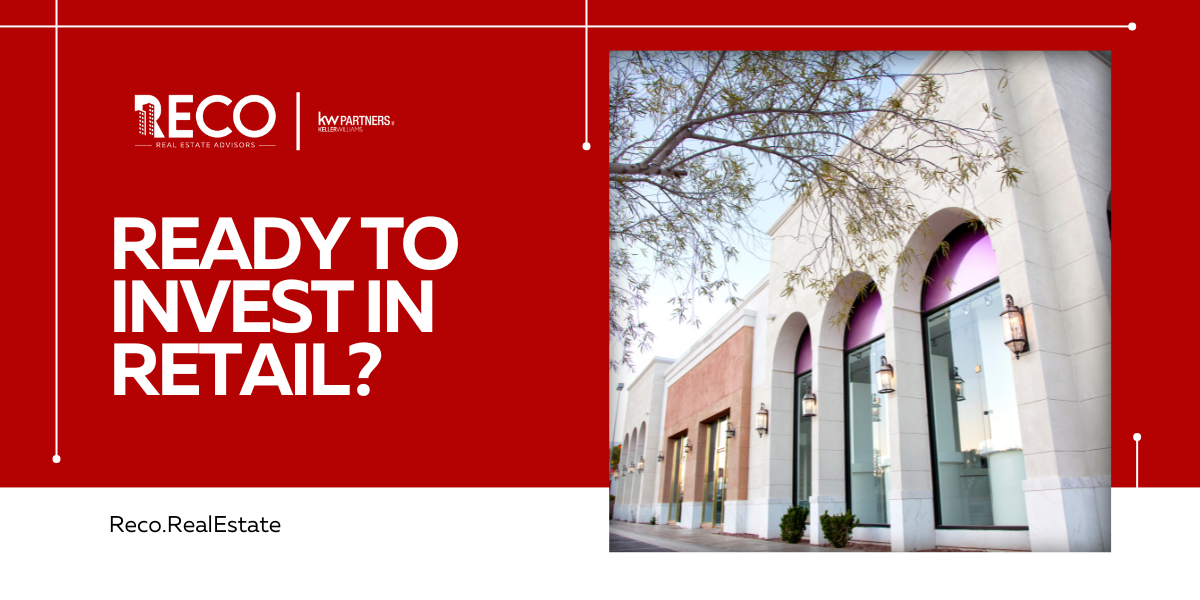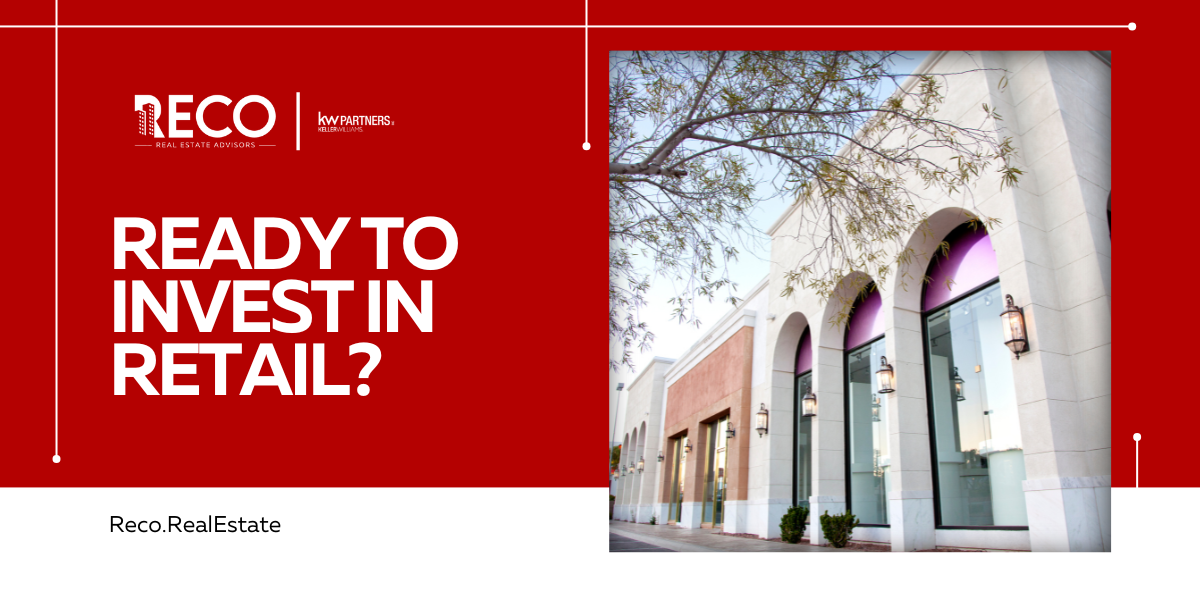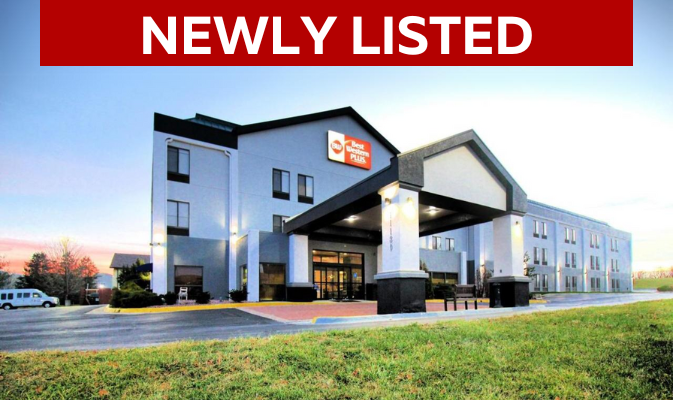Essential Tips for First-Time Commercial Property Investors
 Essential Tips for First-Time Commercial Property Investors
Essential Tips for First-Time Commercial Property Investors
Investing in commercial real estate (CRE) can transform a portfolio, delivering consistent cash flow, appreciation, and a hedge against market volatility. However, the path to becoming a successful commercial property investor is nuanced, requiring a mastery of market dynamics, financial acumen, and strategic foresight. This guide presents key considerations for first-time CRE investors, offering a professional perspective on each step of the journey.
Mastering Market Cycles: The Foundation of CRE Success
The CRE market moves through distinct cycles: recovery, expansion, hyper-supply, and recession. Unlike residential real estate, which can be heavily influenced by sentiment, commercial markets are primarily driven by economic indicators such as employment, business confidence, and consumer spending.
Professional Insight: First-time investors often overlook the timing aspect of investments. Entering the market during a hyper-supply phase can lead to prolonged vacancies and soft rents. Conversely, buying during recovery offers the potential for rapid appreciation and high demand. Studying metrics such as vacancy rates, cap rate compression, and local job growth provides a tactical advantage.
Asset Class Selection: Tailoring to Your Strategy
Commercial real estate offers a range of asset classes: office, industrial, retail, multifamily, and mixed-use. Each has unique characteristics, risk profiles, and management demands. Multifamily properties are renowned for resilience during economic downturns due to consistent housing demand, while industrial assets have seen significant growth, driven by e-commerce expansion. Conversely, retail properties present high upside potential, but tenant turnover and shifts in consumer behavior pose challenges.
Consideration for New Investors: Focus on an asset class that aligns with your market knowledge and investment goals. Multifamily or industrial may offer more predictable cash flows, whereas office and retail demand a keen understanding of market trends and tenant needs.
The Science of Location: Moving Beyond Surface-Level Metrics
Location remains a cardinal rule in real estate. However, the depth of location analysis often distinguishes successful investors from the rest. It's not enough to focus solely on major intersections or "prime neighborhoods." Successful investors dig deeper, evaluating proximity to economic anchors, regional growth projections, infrastructure developments, and demographic shifts.
Example: An industrial property near a major logistics hub or highway access can offer long-term value due to strong tenant demand. Similarly, understanding whether a neighborhood is undergoing gentrification or experiencing population decline provides critical foresight.
Financial Modelling: Building Realistic, Stress-Tested Projections
First-time investors frequently underestimate the complexity of CRE financial modelling. Unlike residential investments, commercial property valuations depend on income generation potential, and the financial health of an investment is captured through detailed metrics:
- Net Operating Income (NOI): Calculated as total income minus operating expenses, NOI serves as a baseline for property performance.
- Capitalization Rate (Cap Rate): This measure of return helps evaluate a property's relative value compared to its market peers.
- Internal Rate of Return (IRR): Capturing future cash flows and their time value, IRR offers a comprehensive view of long-term returns.
Advanced Strategy: Create sensitivity analyses that model various market scenarios, such as rental rate declines or unexpected expense increases. This approach builds resilience into your projections.
Structuring Financing: Navigating Complexity with Precision
Financing a commercial investment involves navigating options beyond traditional mortgages. From SBA loans for owner-occupied properties to mezzanine financing and private equity partnerships, the range of financing vehicles provides flexibility but demands strategic consideration. Terms, interest rates, and loan covenants can all dramatically impact your investment's cash flow and profitability.
Advice for First-Time Investors: Build relationships with CRE-focused lenders and explore creative financing structures that balance leverage with risk exposure.
Asset Management: Ensuring Long-Term Property Performance
The work of a CRE investor doesn’t end at acquisition. Managing a commercial property demands active engagement. This means prioritizing tenant relationships, lease structuring to maximise stability and potential upside, and implementing preventive maintenance plans.
Long-Term Vision: Consider enlisting a professional property manager with experience in your chosen asset class. Effective management reduces tenant turnover, minimises costs, and optimises cash flow, enhancing long-term asset value.
Mitigating Risks: The Art of Balancing Rewards
Risk is inherent in every investment, but thoughtful mitigation strategies can shield against severe losses. Diversifying your portfolio across asset classes or geographic regions, maintaining a contingency reserve for unexpected expenses, and holding comprehensive insurance are practical measures to safeguard your investment.
Conclusion: Precision and Strategy Lead to Success
For first-time commercial property investors, success is not solely built on market knowledge but on strategic precision and disciplined management. CRE offers unparalleled opportunities, but seizing them requires mastery of market dynamics, a keen eye for opportunity, and the resilience to navigate market cycles. Armed with these principles, you stand poised to turn your first CRE investment into a cornerstone of financial success.
Categories
Recent Posts










GET MORE INFORMATION
